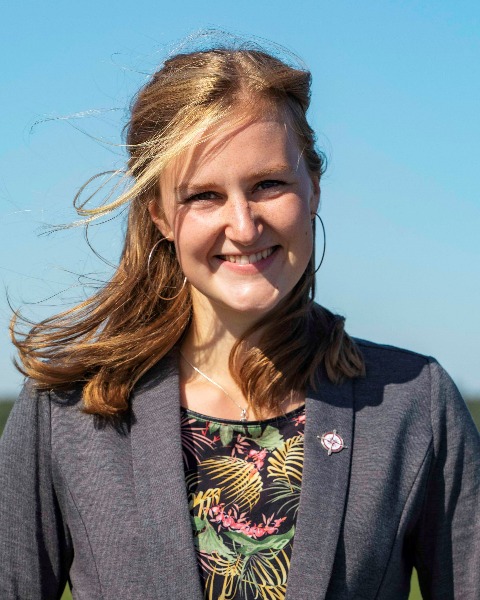Oral Presentation
Cancer
OP4-1 - Feasibility of post-authorization randomized controlled trials for conditionally authorized anticancer medicines - a multistakeholder perspective

Christine C. van Hattem, MSc
PhD student
Utrecht University, Netherlands- AJ
Amos de Jong, Msc
PhD student
Utrecht University
Utrecht, Utrecht, Netherlands - Jd
Jolien S. de Groot, MD, PhD
Clinical Assessor
Dutch Medicines Evaluation Board, Netherlands 
Lourens T. Bloem, PharmD, PhD (he/him/his)
Assistant Professor Clinical Therapeutics
Division of Pharmacoepidemiology and Clinical Pharmacology, Utrecht Institute for Pharmaceutical Sciences, Utrecht University
Utrecht, Utrecht, Netherlands
Presenting Author(s)
Author(s)
Background: To generate comprehensive evidence for anticancer medicines that have been granted a conditional marketing authorization (CMA) based on single-arm trial data, often, post-authorization randomized controlled trials (PA-RCTs) are imposed. However, although considered feasible at time of granting CMA, PA-RCTs are sometimes delayed or left incomplete. Consequently, better criteria for the feasibility assessment of PA-RCTs may be required.
Aim: To prospectively explore and identify conditions and factors that contribute to or hamper the feasibility of PA-RCTs, from the perspective of various pivotal stakeholders that are directly involved in the conduct and approval of PA-RCTs.
Methods: A combination of qualitative research methods (exploratory interviews and focus groups with patients, physicians, medical ethicists, and pharmaceutical industry) was used. After initial exploration during interviews, identified feasibility aspects were further discussed during two-hour focus groups with each stakeholder (i.e., patients, physicians, medical ethicists, and pharmaceutical industry). Data were thematically analyzed and themes that represented feasibility aspects were identified and structured upon iterative discussion with the research team.
Results: For the main themes identified (i.e., design, conduct, and motivations for PA-RCT), six main conditioning factors were identified that influence further considerations for these themes. Conditioning factors include (i) cancer indication; (ii) promise of new product; (iii) need for evidence; (iv) overall development plan; (v) access to the product; (vi) location of trial. For the design of a PA-RCT, relevant aspects that require consideration for its feasibility regarded the trial aim (endpoints, choice of comparator, randomization, cross-over, trial population, line of therapy). Moreover, aspects that may increase trial complexity (i.e., data collection, involved stakeholders, and a multipurpose trial design) were identified. For the conduct of a PA-RCT, reported aspects involved data collection procedures (e.g., the burden for patients and physicians); the use of biomarkers and biobanking; expertise and resources of sponsors and hospitals; and, competition between trials. Moreover, specific motivations for each stakeholder were raised, and although data revealed differences between stakeholders, most complemented each other. For patients, altruism; burden of participation; awareness and understanding were motivations. For physicians, motivations related to a clinically relevant and meaningful aim; scientific interest; simple and not burdenful set-up (for both hospitals and patients); professional obligation for patient care; and cross-over. For the pharmaceutical industry, the legal obligation was mentioned as a motivation, as well as financial reasons; enhancement of the evidence-base; extra authorized indication; and taking accountability. For medical ethicists, motivational considerations for approval of a PA-RCT concerned therapeutic misconception; clinical equipoise; paternalizing of the patient; patients’ voluntariness; informed consent; and, the fairness of the comparator arm.
Conclusion: Overall, the results of this exploratory study identify conditioning factors and feasibility aspects for a PA-RCTs from a multistakeholder perspective. These findings suggest that various aspects may and should be considered to adequately assess the feasibility of a PA-RCT. As such, this study may contribute to advance the feasibility assessments of PA-RCTs for comprehensive evidence generation after CMA. Further research is recommended for validation of these feasibility aspects.
